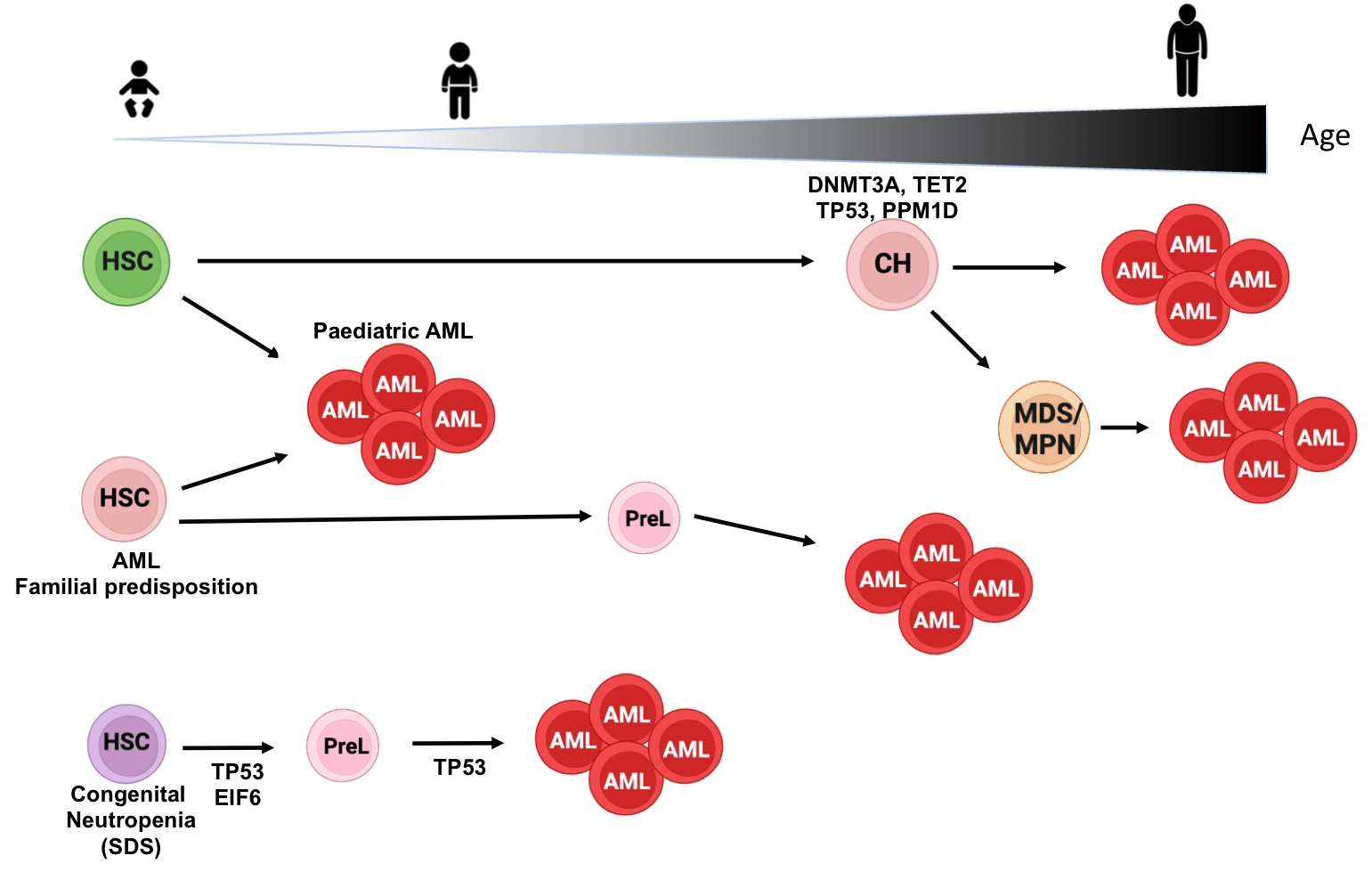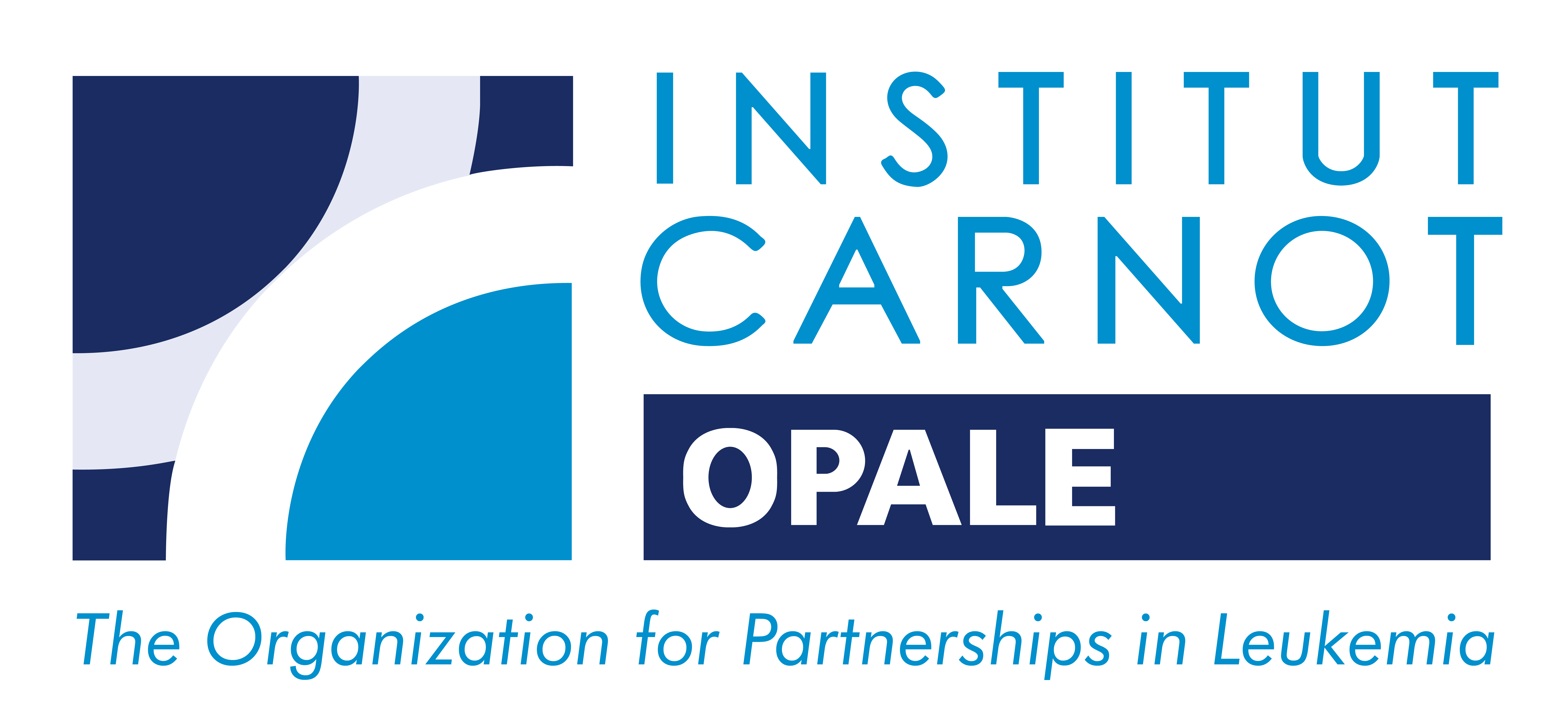François Delhommeau & Thierry Soussi
Chef(s) d'équipe(s) : François Delhommeau & Thierry Soussi
Faculty of Medicine, Sorbonne University - Saint-Antoine Campus - 10th and 11th floors - 27, rue Chaligny, 75012 Paris, France
UMR_S938 is a member of the Carnot OPALE Institute, The organization for Partnerships in Leukemia
www.opale.org
logo-opale-blanc.png










